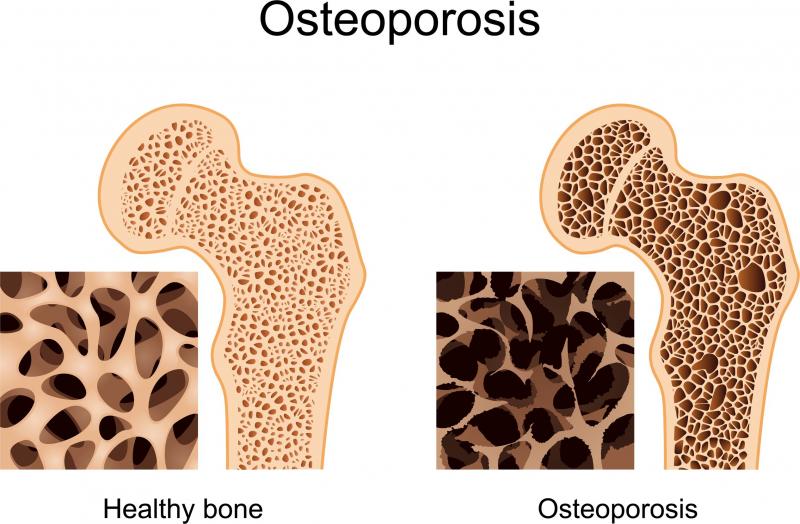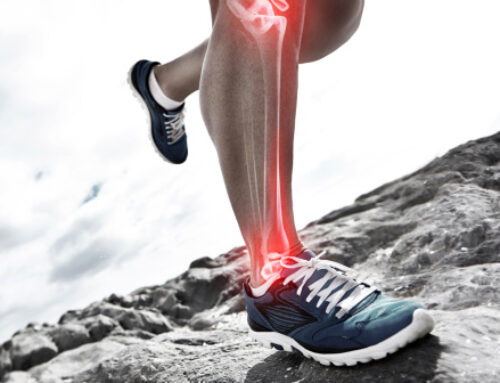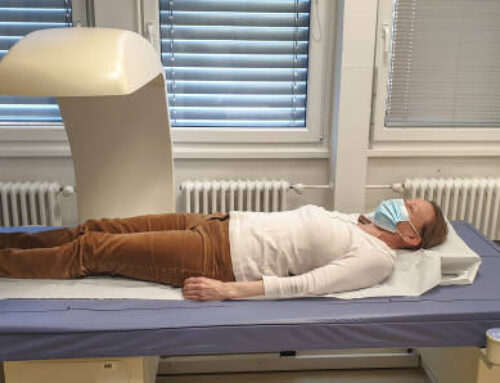Bone mineral density (BMD) is a measure of the amount of minerals, mainly calcium and phosphorus, in bones. It is an important indicator of bone health and strength. Low BMD can lead to osteoporosis, a condition in which bones become weak and brittle, increasing the risk of fractures.
Osteoporosis affects millions of people worldwide, particularly women after menopause. It is often called a “silent disease” because it progresses slowly without any symptoms until a fracture occurs. The most common sites for fractures are the hip, spine, and wrist.
Factors that affect Bone Mineral Density include age, gender, genetics, lifestyle factors such as diet and physical activity, and certain medical conditions or medications. Women are at higher risk for osteoporosis than men due to hormonal changes during menopause that decrease estrogen levels.

Low BMD can be detected through a bone density test using dual-energy X-ray absorptiometry (DXA).
This test measures BMD at the hip and spine and provides a T-score that compares an individual’s BMD to that of a healthy young adult of the same gender. A T-score between -1 and -2.5 indicates low bone mass or osteopenia while a T-score below -2.5 indicates osteoporosis.
Prevention and treatment of osteoporosis involve lifestyle changes such as regular weight-bearing exercise, adequate calcium and vitamin D intake through diet or supplements, avoiding smoking and excessive alcohol consumption, and fall prevention measures such as removing tripping hazards in the home.
Medications may also be prescribed to slow down bone loss or increase bone formation. These include bisphosphonates, hormone therapy for women with low estrogen levels, denosumab which blocks bone resorption by inhibiting RANKL protein production by osteoclasts (cells that break down bone tissue), teriparatide which stimulates bone formation, and ramucirumab which increases bone formation and decreases bone resorption.
In conclusion, BMD is an important measure of bone health and can help identify individuals at risk for osteoporosis. Prevention and treatment involve lifestyle changes and medications to slow down bone loss or increase bone formation. Early detection and intervention can prevent fractures and improve quality of life for those with osteoporosis.




